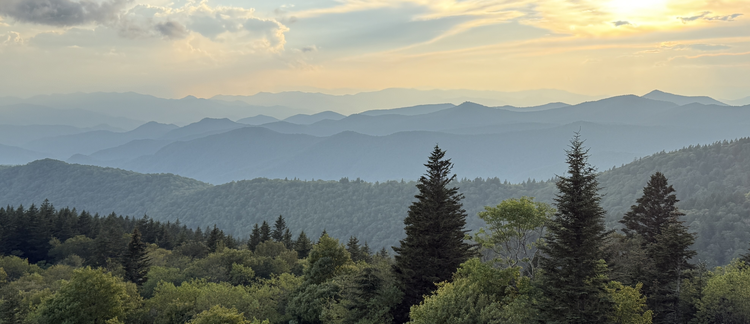Abstract
High elevation spruce-fir forests of the Southern Appalachians are facing threats from anthropogenic disturbances. One understory herb in this habitat is Bluebead Lily (Clintonia borealis), a clonal plant that occurs in scattered patches on the forest floor. My objective was to characterize the habitat of Bluebead Lily and document its life stages in the Black Mountains in western North Carolina. I searched for 40 patches of Bluebead Lily and recorded the number and size of plants in each patch, elevation, and species and diameter of the nearest overstory and understory trees. Results showed 45% of patches had at least one reproductive plant, but only 4.4% of plants were reproductive. Nearly half the plants had only 2 leaves, and < 5% had 4 leaves, which were the oldest plants and most likely to reproduce. Fraser Fir dominated both the overstory and understory of surveyed patches, and it is likely that the decline in Fraser Fir due to the invasive balsam woolly adelgid will negatively impact Bluebead Lily in this habitat.
How to Cite
Jeffrey, J., (2025) “Characterizing the Habitat and Life Stages of Clintonia borealis in High Elevation Forests”, Capstone, The UNC Asheville Journal of Undergraduate Scholarship 38(1).
104
Views
25
Downloads
